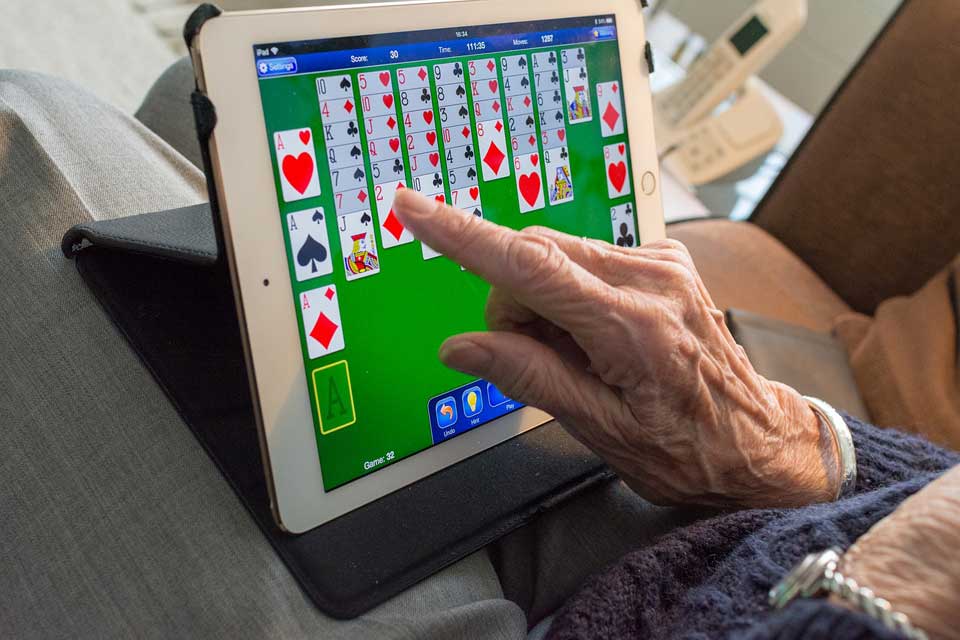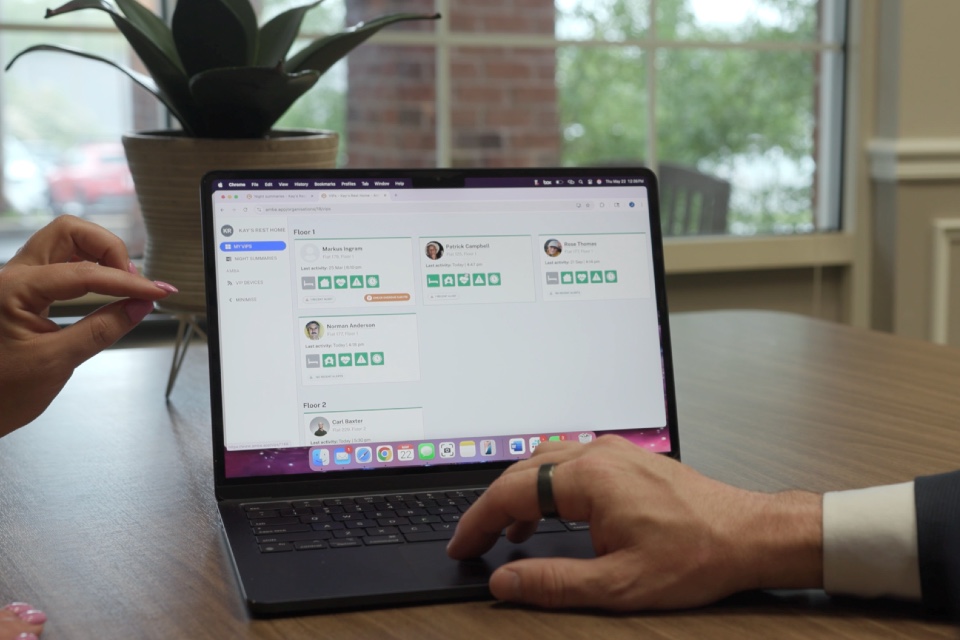Technology has long been touted as an enabler for much needed change across industries. But for those from non-digital native generations, this drastic need to evolve through innovation can seem overwhelming. The health and social care sector, for example, has been crying out for change for years, yet the patients it treats are unfamiliar with technology, even distrusting of it.
But as Helen Dempster, Founder, Karantis360 and Annabel James, Co-Founder, Age Space, explain, we must change the perception of technology by demonstrating the enabling role that it can play for the entire ecosystem of an older person. Technology – that can start with small, scalable solutions – has the ability to play a pivotal role in enabling better connectivity – from combating loneliness, to safeguarding individuals, and improving clinical decisions…
Combating isolation
Nothing can replace physical human care and interaction, but as demonstrated during the Coronavirus pandemic, technology suddenly became a critical tool. Something as simple as a phone enabled loved ones to remain connected when lockdown was imposed and free travel was restricted to ultimately safeguard those identified as most vulnerable. Facetime, Zoom and other smartphone applications took it a step further by enabling loved ones to have face-to-face interactions – a simple conversation to check in and see how a relative is doing, to socially interactive family quiz games. In the midst of a pandemic with many social restrictions and fear of isolation, technology instantaneously provided a solution to keep loved ones connected.
Furthermore, research by University College London found that frequent internet use can improve mental health in older adults. Those using the internet for communication were more likely to report lower levels of depression and better life satisfaction than those who did not. It is therefore absolutely critical that we continue to break down the fear of using technology among many older adults. In 2019 almost half the UK population aged 75 and over had never used the internet, and although the pandemic is expected to have created an increase in usage, there is still work to be done. Breaking down the barriers and enabling older adults to confidently access these much needed tools is essential for their ongoing wellbeing and reducing signs of loneliness.
The internet also plays a key role in supporting families of loved ones who are of an older age and increasingly needing supportive care. Having access to pools of trusted information enables family members to make more informed decisions when it comes to caring for their elders. 71% of adults wish to remain in their own homes in later life, but often family members are left with guilt and worry as to how said individual can remain safely independent. Is one phone call a day enough? Is one or two care visits per day enough? Is mum or dad putting on a brave face while suffering silently? With dedicated online information platforms, many of these questions can be answered through the discovery of innovative technology solutions.
Technology to enable safer independent living
As the adoption of smart home technology increases, for example, the Amazon Alexa, wider levels of acceptance are becoming prevalent among both older adults and families. Some councils have deployed Alexa as a way of reducing the levels of isolation felt by older and vulnerable adults, and as a tool to enable access to essential food delivery schemes. Encouraging positive interactions with technology enables the relationship between older adults and technology to become more of a friendly one rather than foe.
Educating older adults and their families to the benefits of smart technology further increases willingness to adopt such tools. Remote patient monitoring, for example, enables older adults to stay safely living independently for longer, while providing reassurance to loved ones. IoT sensors deployed throughout the home can unobtrusively monitor movement, humidity, and temperature of an individual enabling carers and family members to rapidly gain a picture of each individual’s day to day routine – information that is then key to flagging changes which could reveal a problem. These AI based tools arm carers with better information and enable them to intervene at the right time and create a care programme that best suits the needs of the individual. Crucially, these solutions can be easily deployed even for those who are not technically savvy.
With such solutions, the benefits to an older adult’s entire ecosystem become realised. Local authorities, healthcare providers, NHS Trusts, GPs, registered nurses and professional carers can access the individual’s biometric and behavioural data enabling more informed care decisions to be made whilst supporting a proactive and interlinked approach to care.
Debunking the stigma of bots replacing human care
Robotics are slowly making inroads within the social and healthcare industry around the world. In Tokyo’s Shin-tomi nursing home, 20 different models of robots are used to help care for residents. And while the UK hasn’t quite reached that level of adoption in social care, there is an increasing demand for bots to be deployed in UK care homes after an international trial found they boosted mental health and reduced loneliness.
Moreover, robotics can support the acute health setting too. During the pandemic when hospital visitations were restricted, one hospital in France deployed a robot which enabled patients on the intensive care ward to communicate with their family. The robot used a tablet to facilitate video conferences between patients and their families. Globally, there is a shortage of healthcare workers and by 2035 it is estimated that the world will be short by 12.9 million. Technology won’t replace human care, but it will almost certainly become critical to support the human, even the value that bots can play in enabling better communication between patients and family members can give critical time back to clinicians to care.
Conclusion
From basic telephones, through to robotics, technology has the ability to improve the delivery of social care for older adults. From helping to combat feelings of loneliness and isolation, to providing reassurance to loved ones, and to supporting clinicians with data to inform their care decisions. Technology must be harnessed to work alongside human care professionals to support those who need it. Educating older adults and breaking down the fear of technology is critical for the wellbeing of loved ones.






